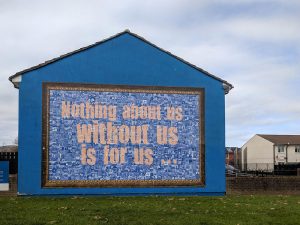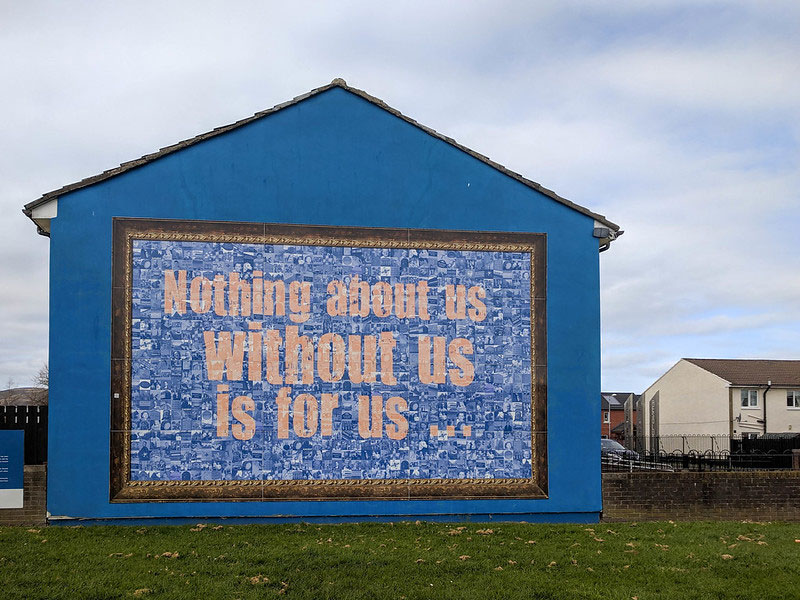To access an article on a different perspective about volunteers, see NPQ‘s feature from the print magazine, “It’s a New (Old) Day for Volunteerism: Crowdsourcing Social Change.”
Sign up for our free newsletters
Subscribe to NPQ's newsletters to have our top stories delivered directly to your inbox.
By signing up, you agree to our privacy policy and terms of use, and to receive messages from NPQ and our partners.
The other day, I was talking to a woman who runs a multi-center in Jackson, Tennessee. Her board chair was also on the phone. The center was begun, in the 1970s, as part of the war on poverty, and is one of those that were backed locally by a consortium of religious groups. Over the years, it has started a number of programs, spinning some off and keeping others. It has always made good use of volunteers, but recently it decided to engage volunteers beyond their current numbers and beyond the board in helping to direct the organization.
That statement struck me. Asking people to pray on the decision is not the route for everyone—but, more generally, what the organization had used to engage people at a level and with a speed that most would wonder at, was respect. The executive director took her time to make the calls, and then she asked people to consult their own core to determine if they wanted to involve themselves. What a way to bring the best of stakeholders to the table! Once they said yes, she took more time to do personal individual tours of the programs with them.
Was it a good use of the busy director’s time? We will see. But she did not doubt the usefulness in any way while on the call, and to date all involved are psyched to feel the support and energy cohere around the organization.
And, next year, when it comes time to renew the board, the organization will have many tested candidates to choose from—people who have already exhibited the ability to follow through on commitments, work well in a group, and be advocates for the organization. They will come already oriented and with a sense of what works and what the nuances and culture of the organization are, because they will have participated in creating the culture and will have contributed their character to it. (For more on how such stuff rolls into a better and more vibrant board, see here.)
It is something to think about. What would such a layer of active supporters do for your organization? How might they be deployed? How might it change your board?
NPQ would love to hear from others about what this organization is doing, and from any who have tried similar engagement strategies.













